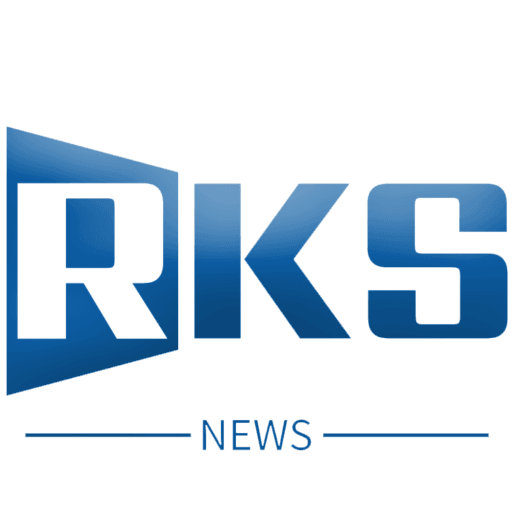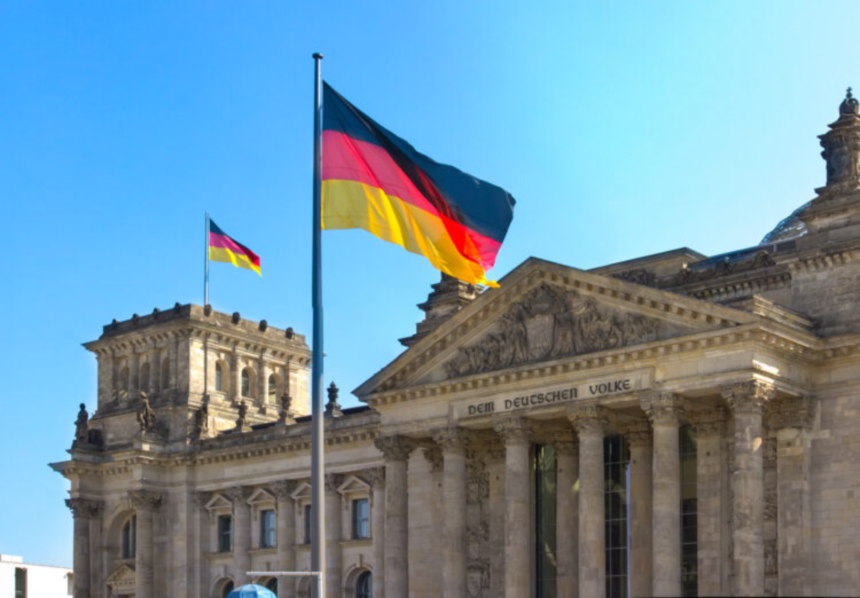The German government has approved a reform aimed at streamlining the process of returning artworks looted by the Nazis, a measure that has faced criticism from lawyers and descendants of victims but gained support from the Central Council of Jews in Germany.
“Germany will better fulfill its historical responsibility thanks to this reform,” said Culture Minister Claudia Roth.
Between Adolf Hitler’s rise to power on January 30, 1933, and Germany’s surrender on May 8, 1945, hundreds of thousands of cultural assets were stolen, predominantly from Jewish owners.
In December 1998, Germany and 43 other nations committed to identifying and, where possible, returning artworks looted by the Nazis. Despite these efforts, nearly 80 years after the fall of the Third Reich, much of the stolen property remains unreturned to victims’ descendants.
Under the current system, both the claimant and the current holder of the allegedly looted artwork must consent to arbitration, a step often rejected by current owners.
The proposed reform seeks to replace the existing advisory commission, whose decisions are non-binding, with an arbitration court for restitution claims. This new mechanism would enable victims or their descendants to independently file claims for the return of artworks, even without the consent of museums holding these items.
While the reform has been praised as a significant step by the Central Council of Jews in Germany and the Claims Conference, an organization advocating compensation for Holocaust survivors, critics argue it falls short.
In an open letter to German Chancellor Olaf Scholz, a group of lawyers and descendants of victims condemned the reform, claiming it would exclude “entire groups of victims” and limit restitution rights rather than enhance access to justice.
These institutions continue to push for legislation mandating restitution for private institutions, as seen in other European countries.
Efforts to recover looted artworks have been facilitated in recent years by the declassification of documents, internet access, digitization, and improved transparency from museums, art dealers, and auction houses.







